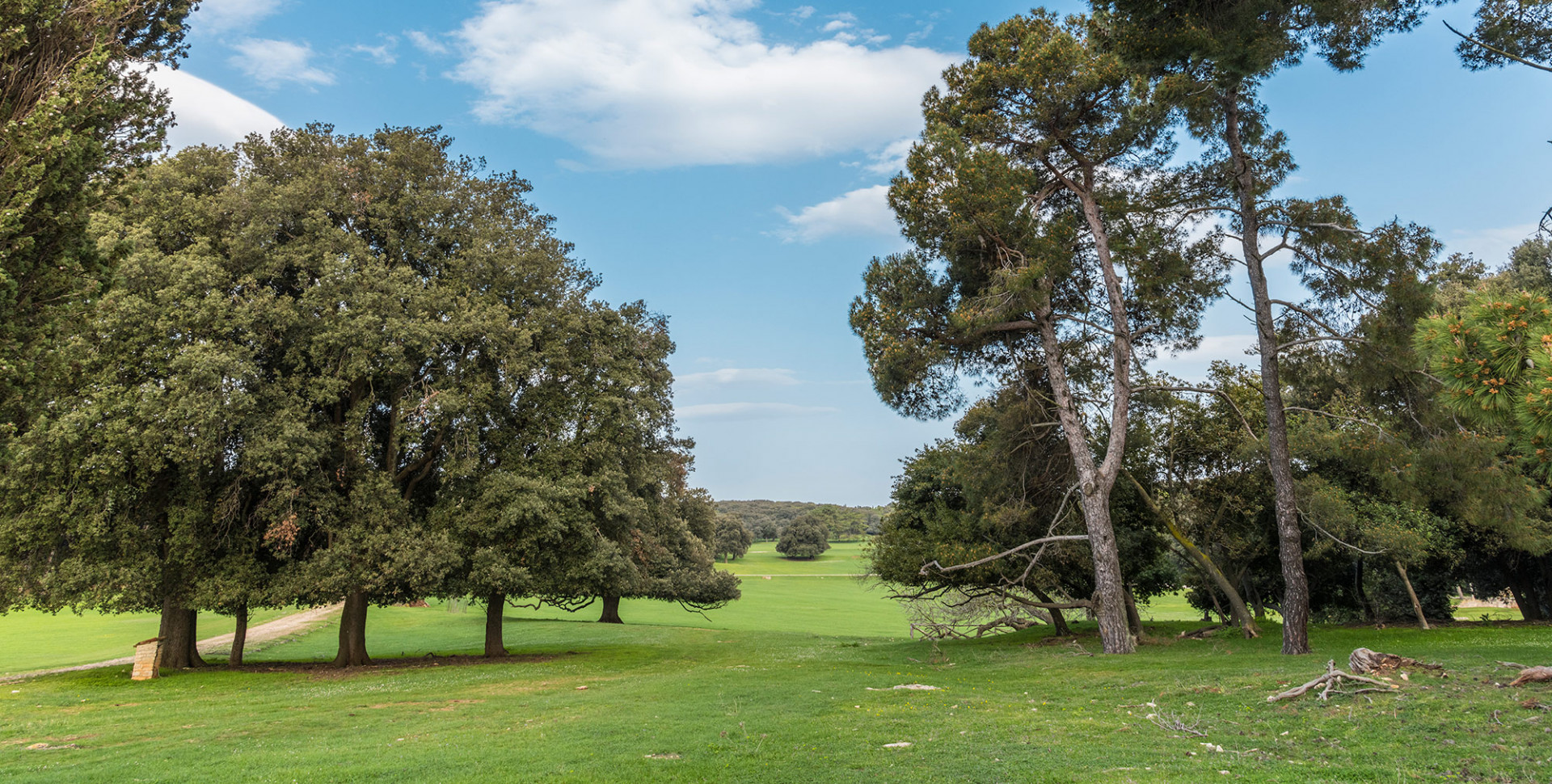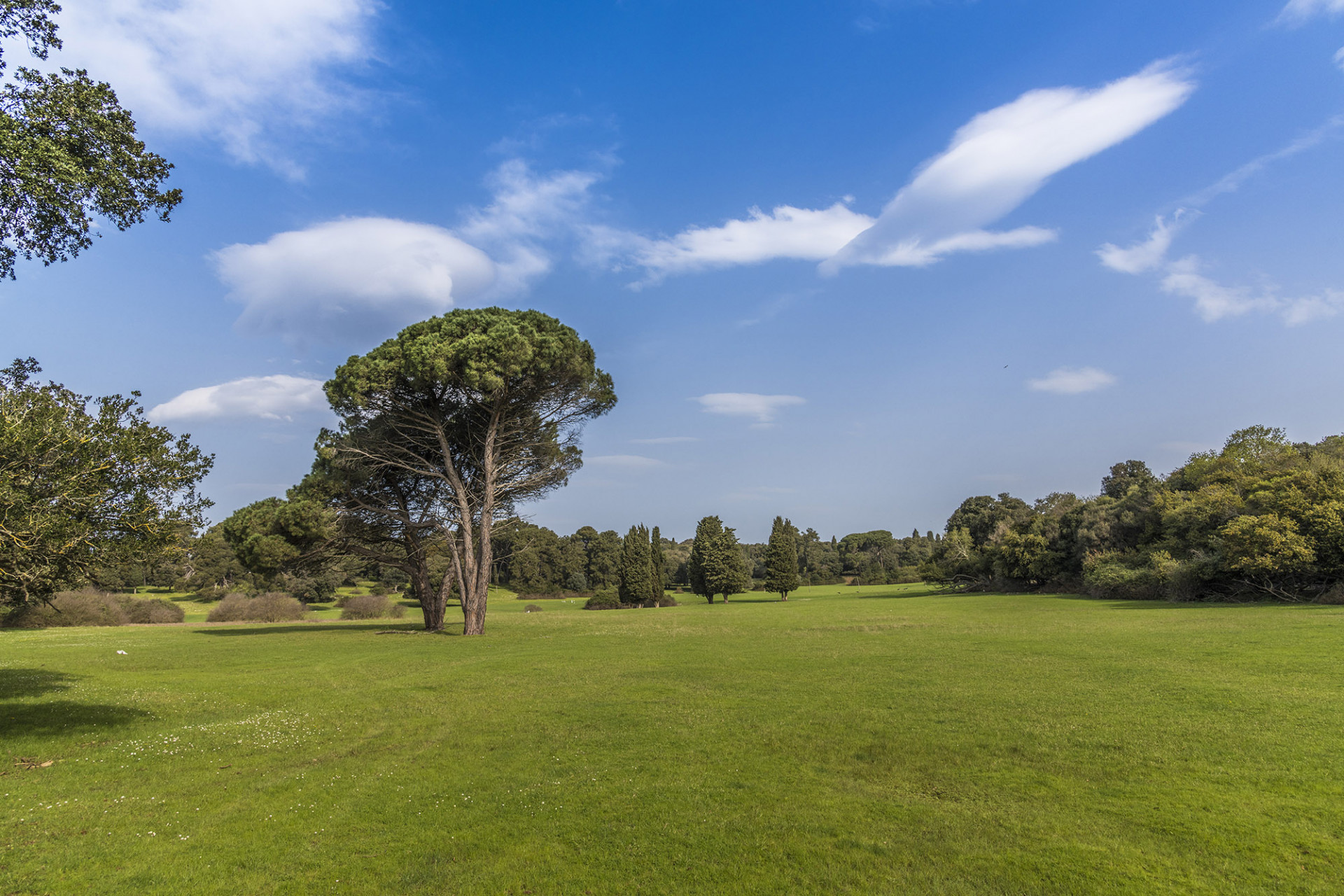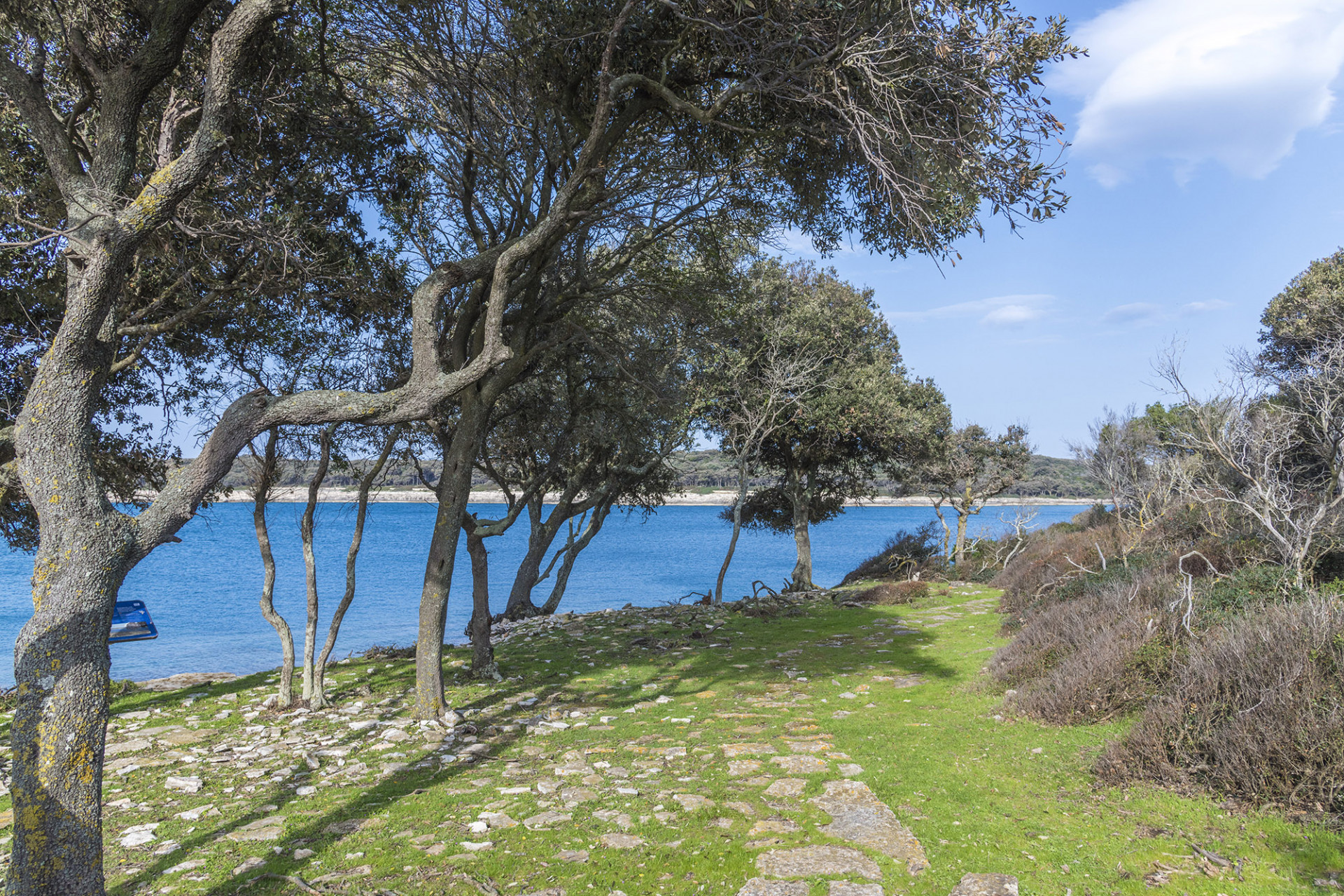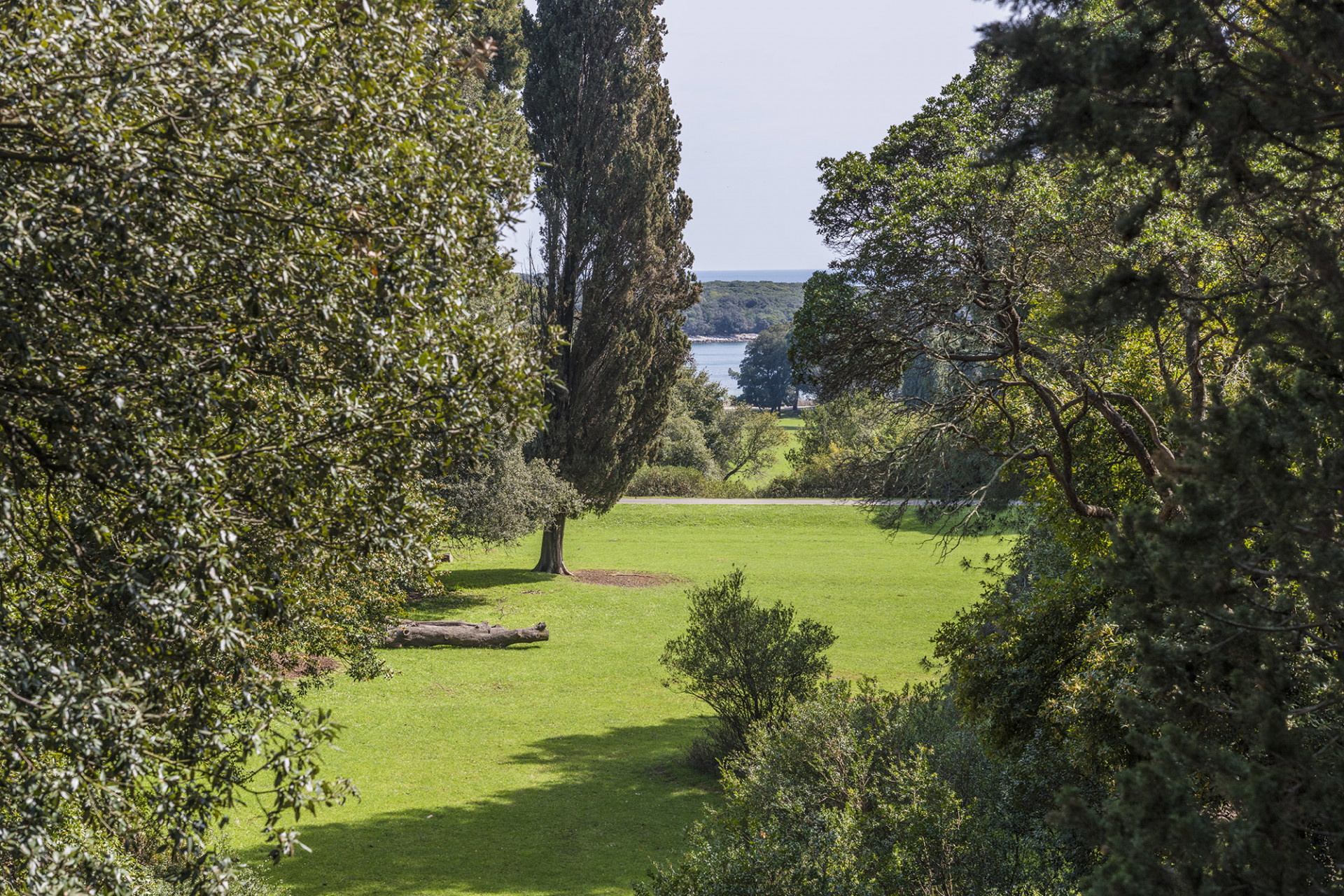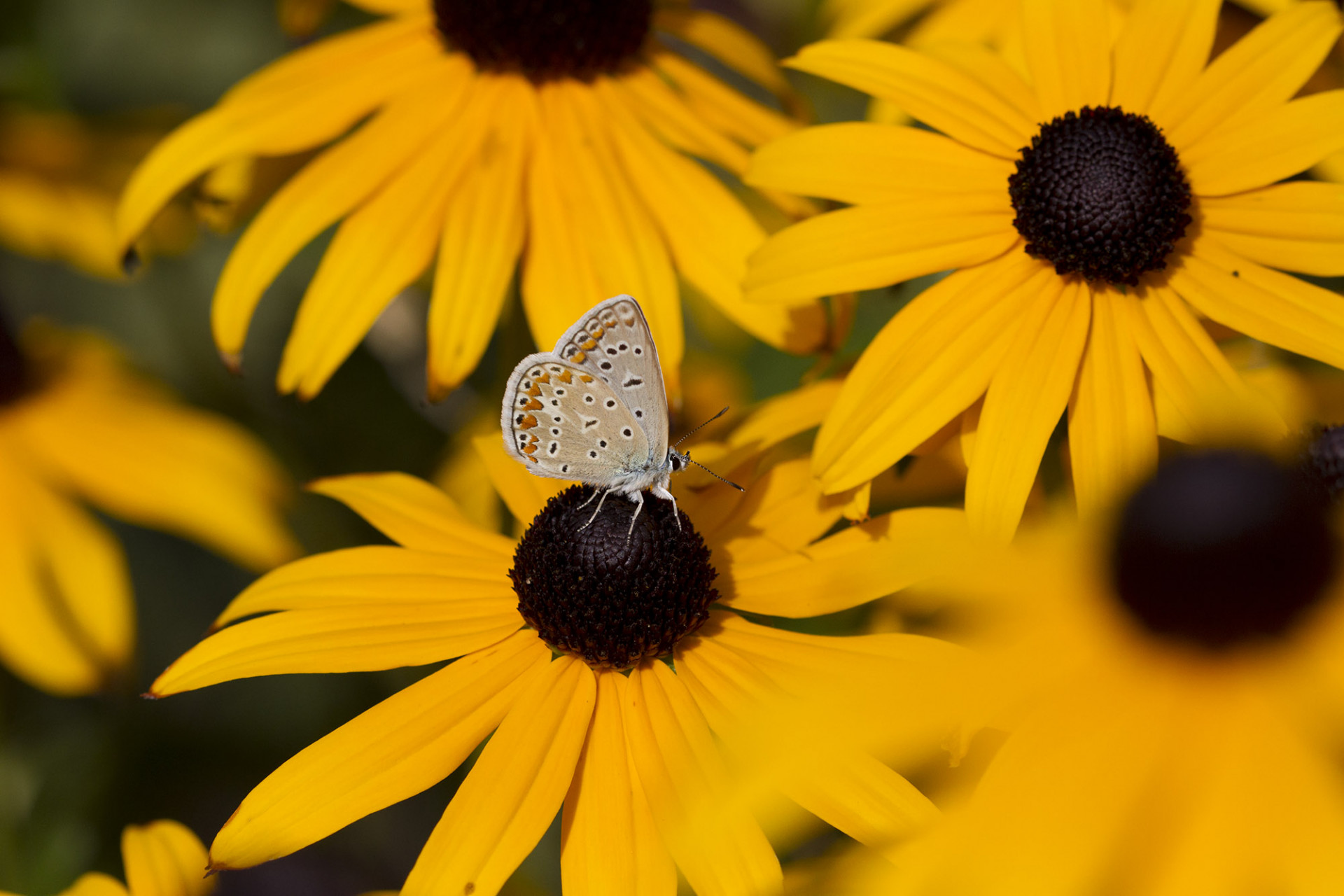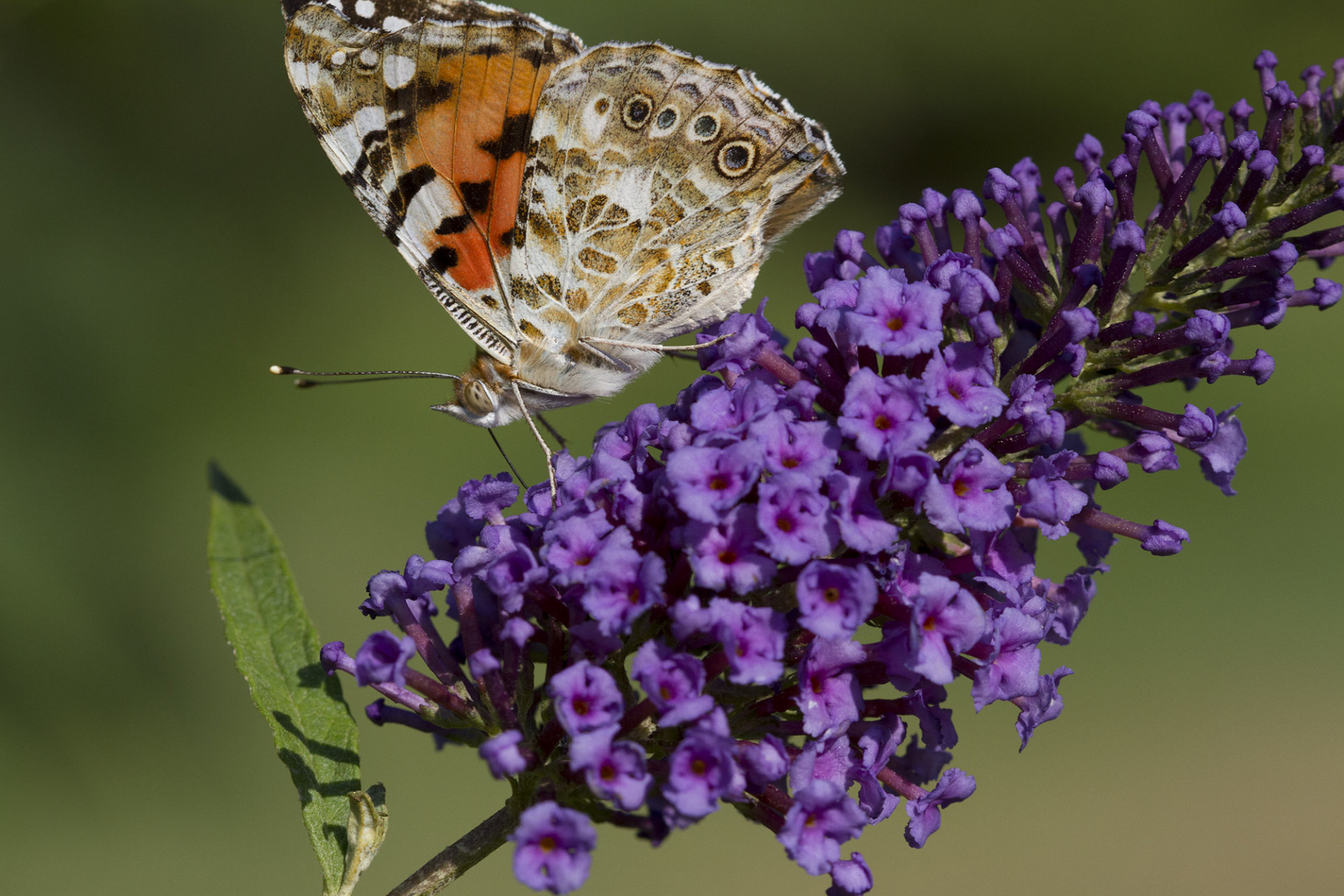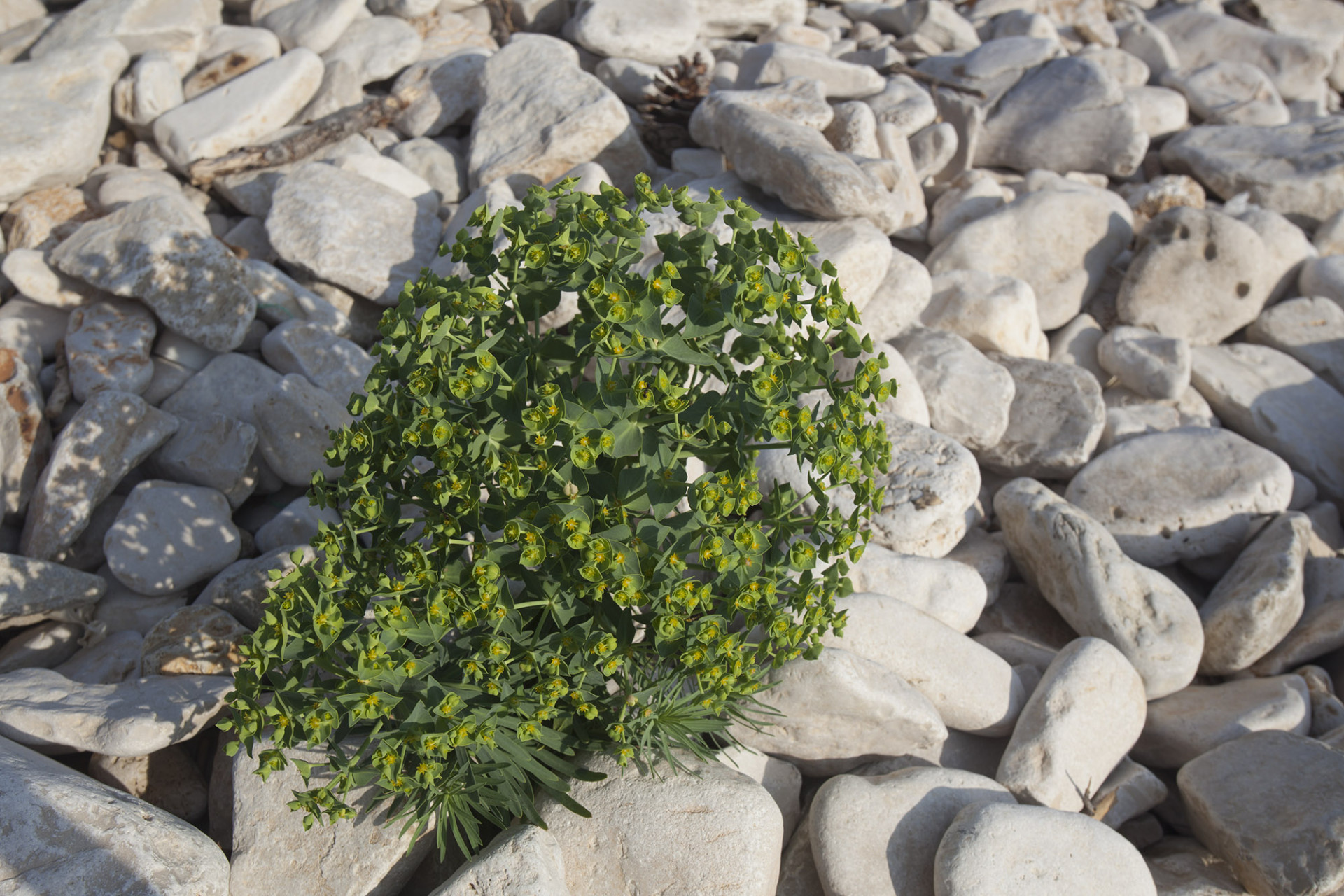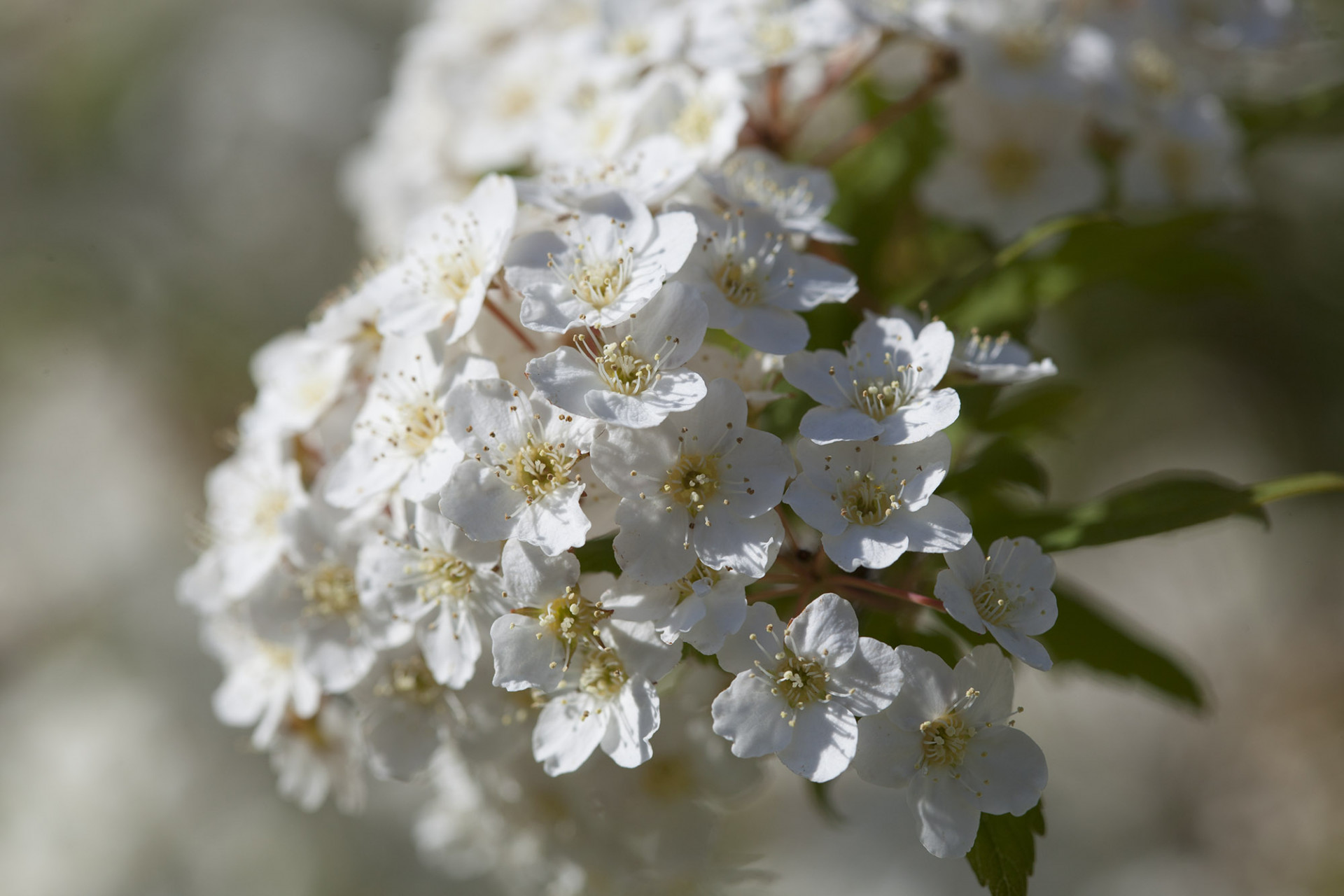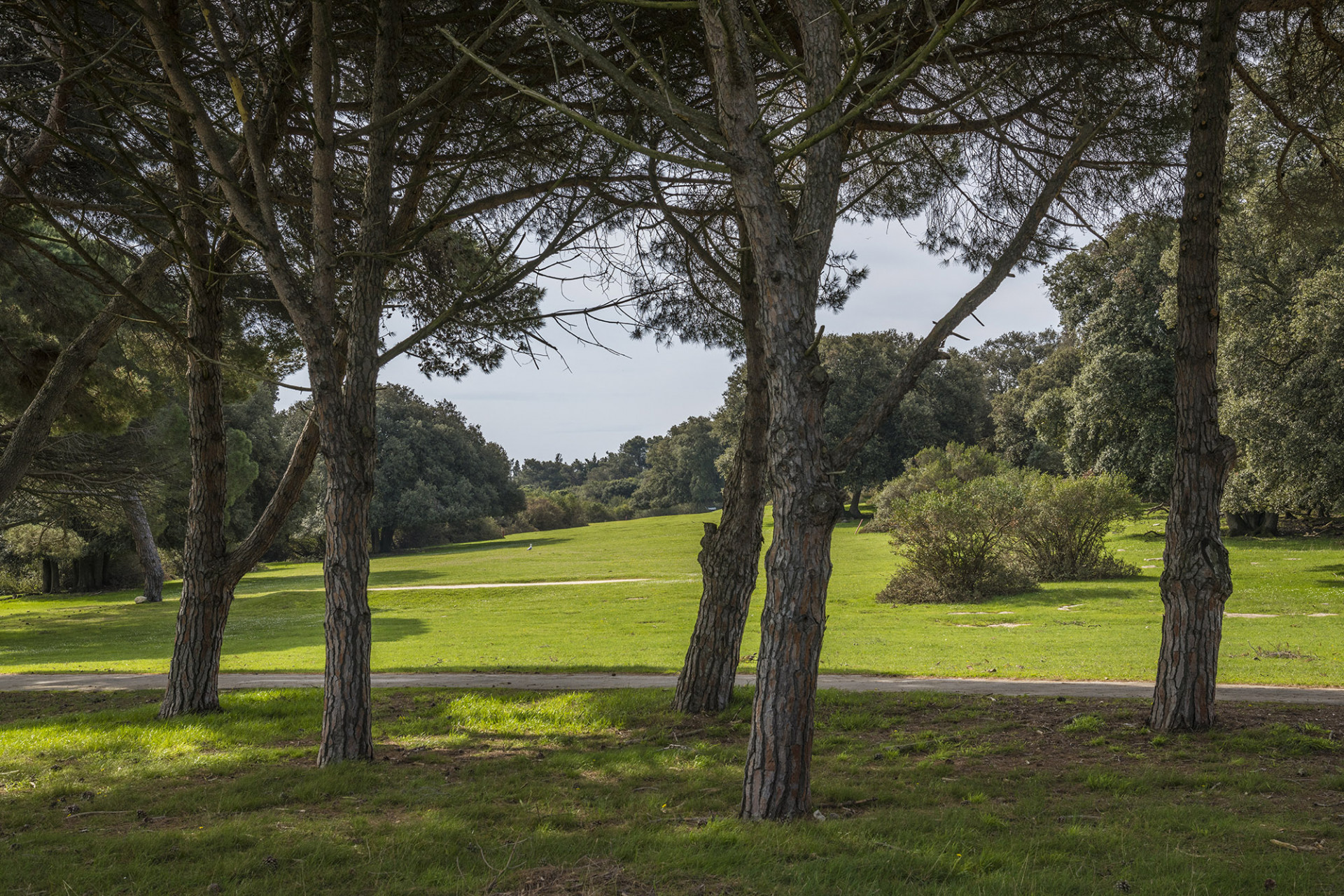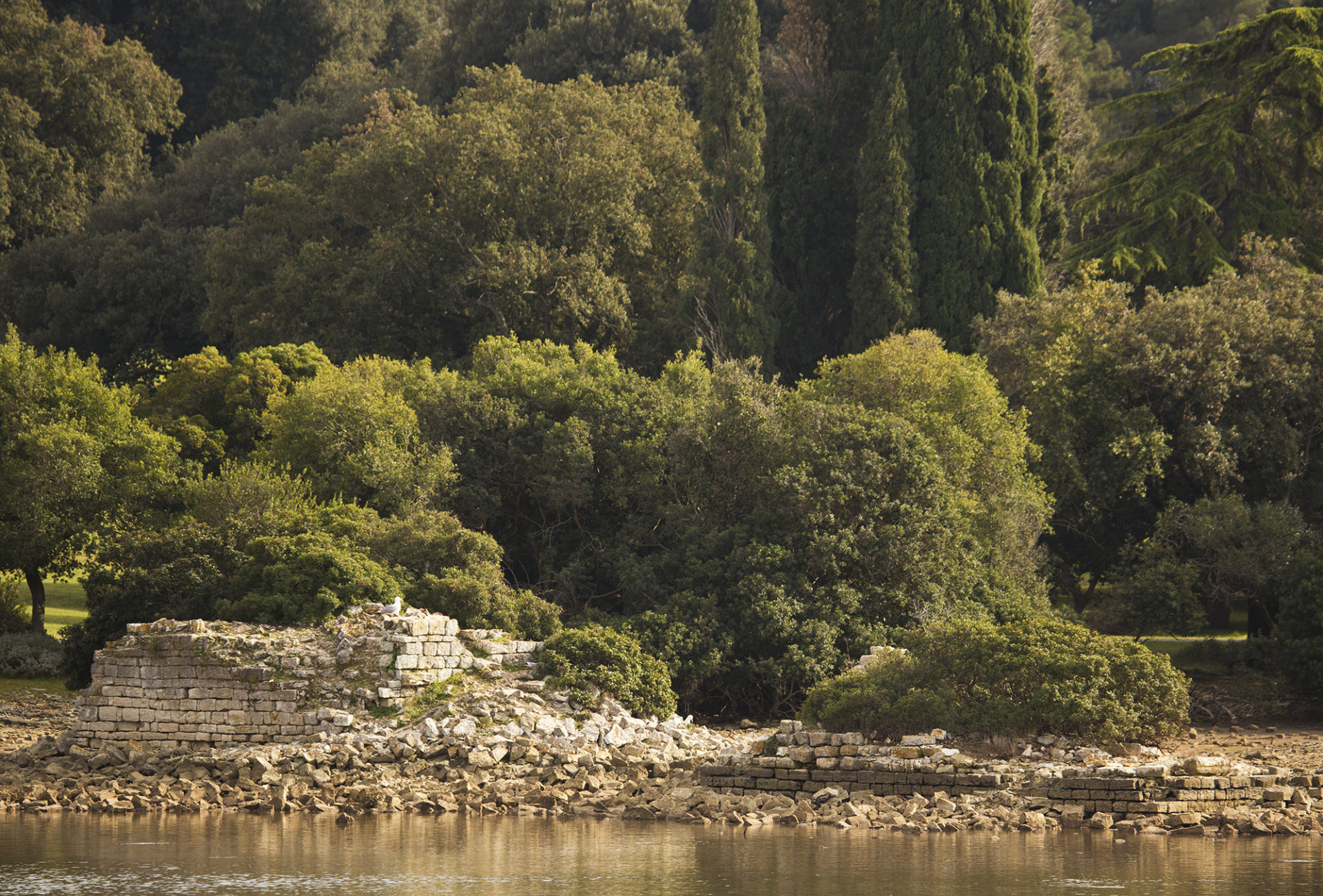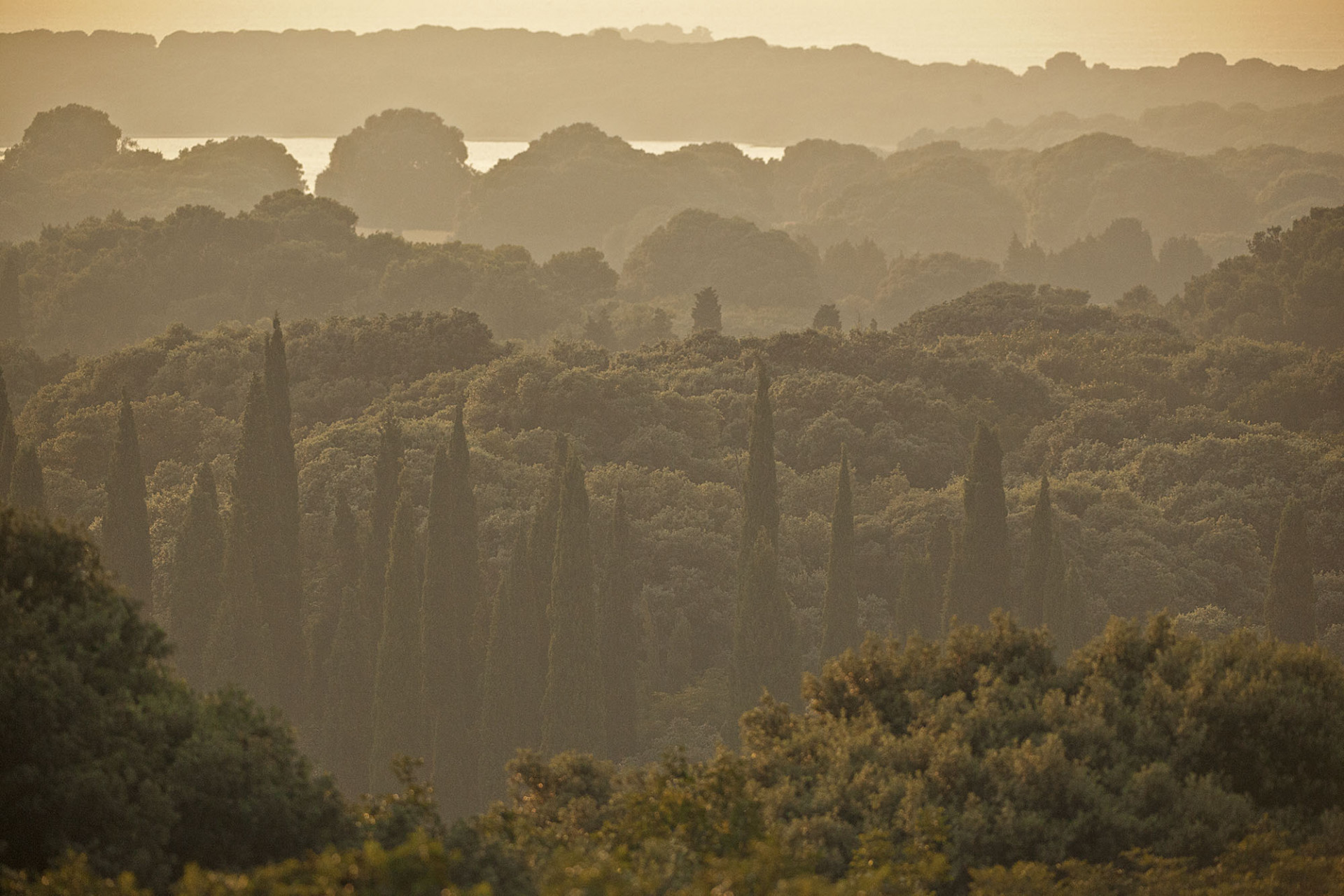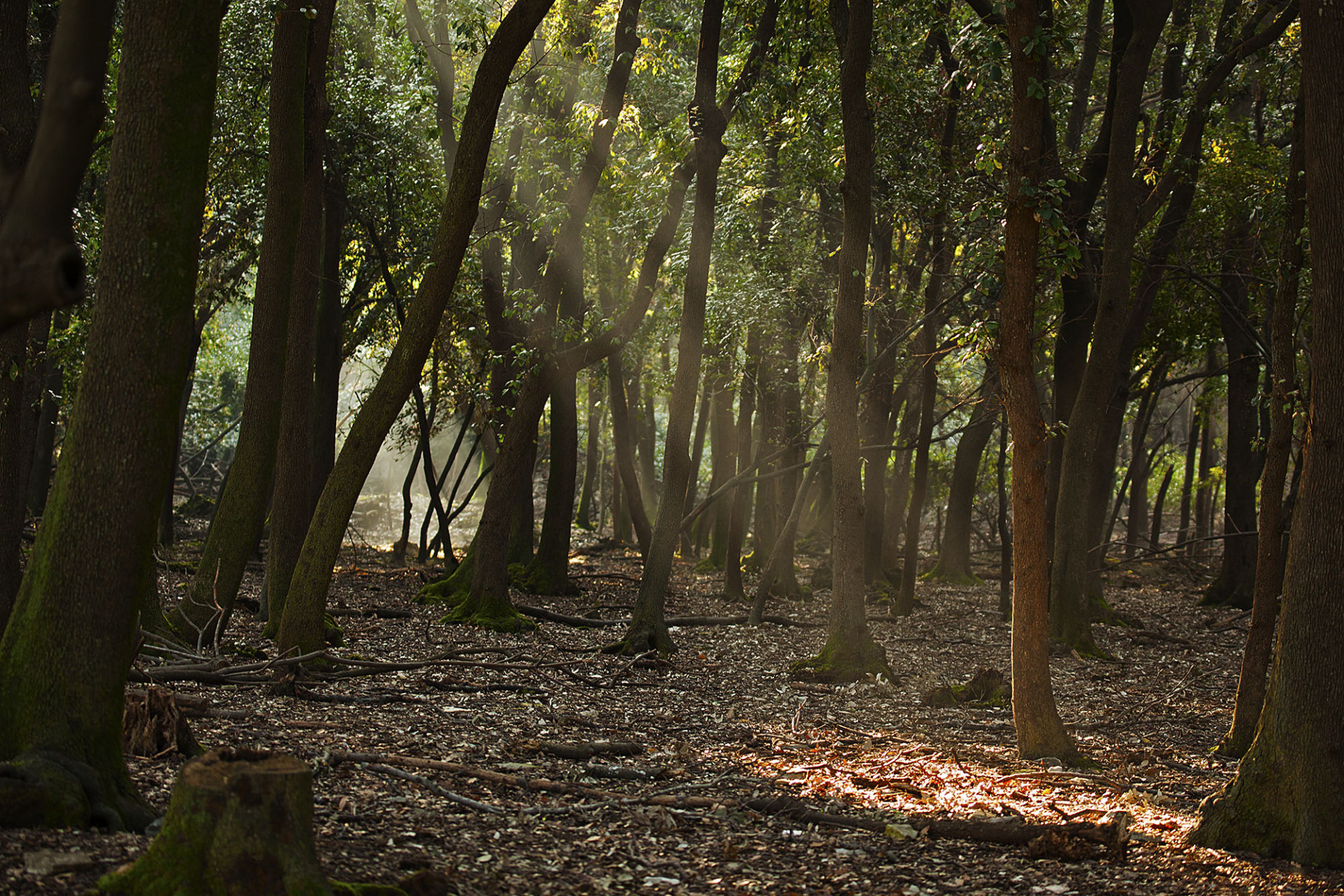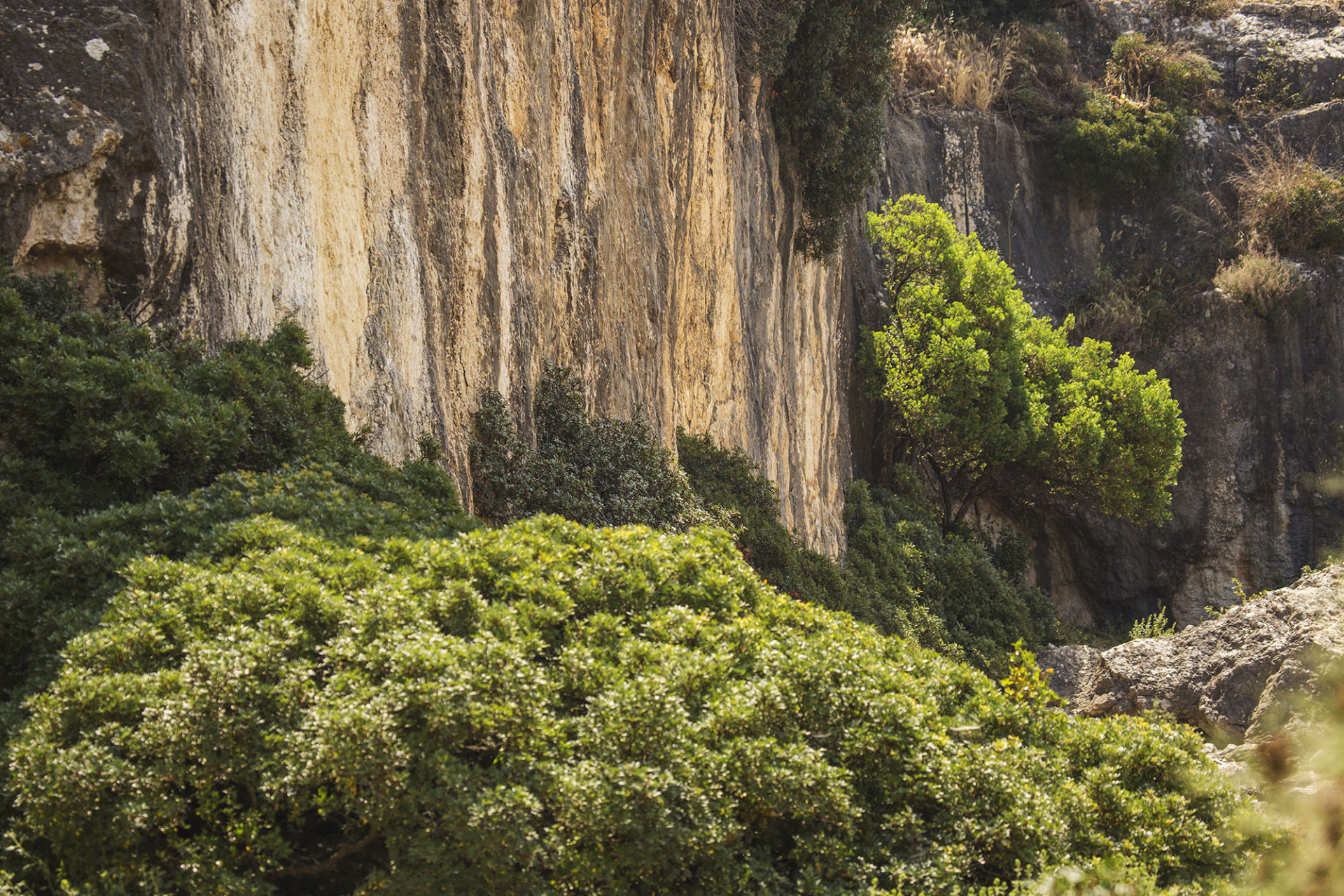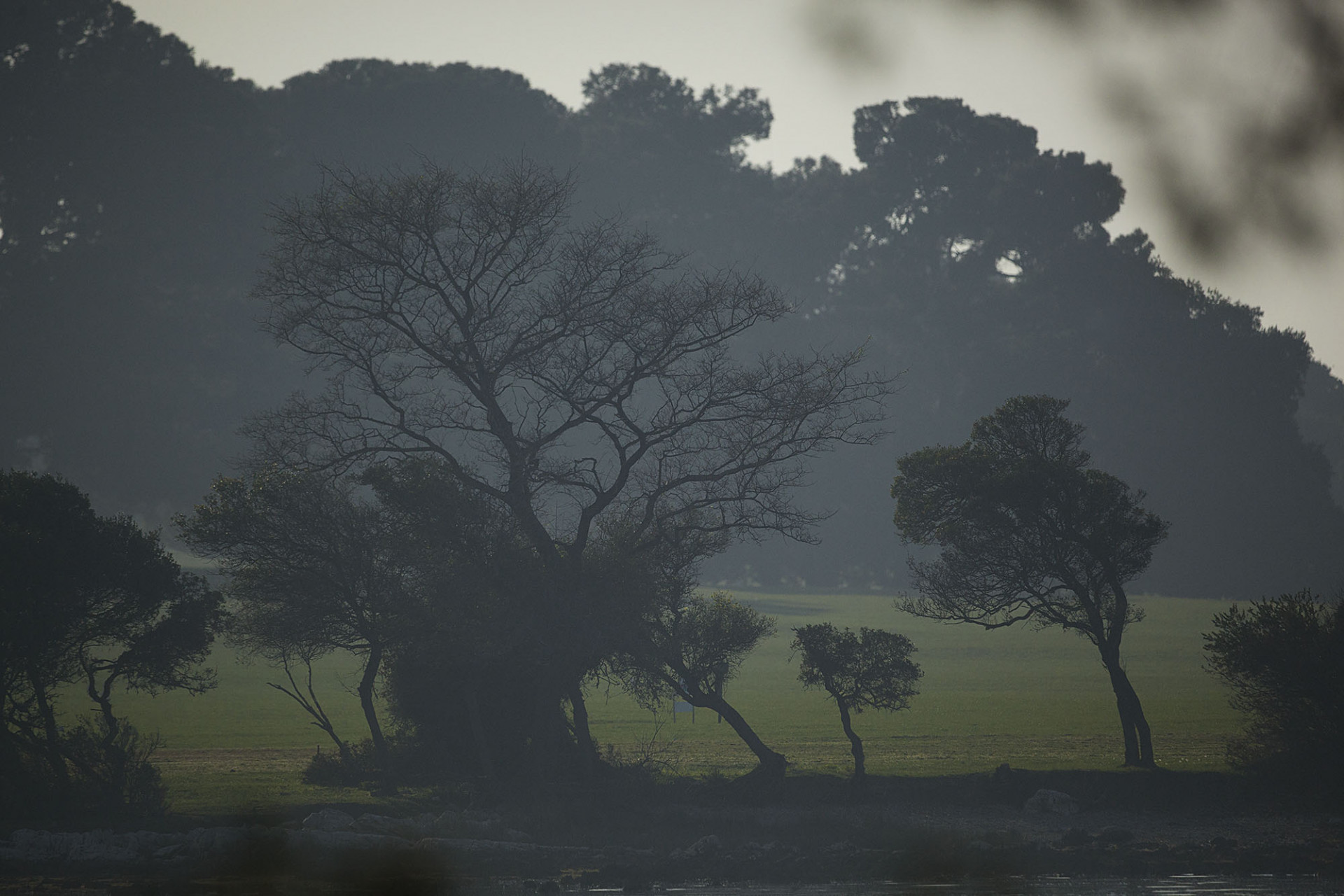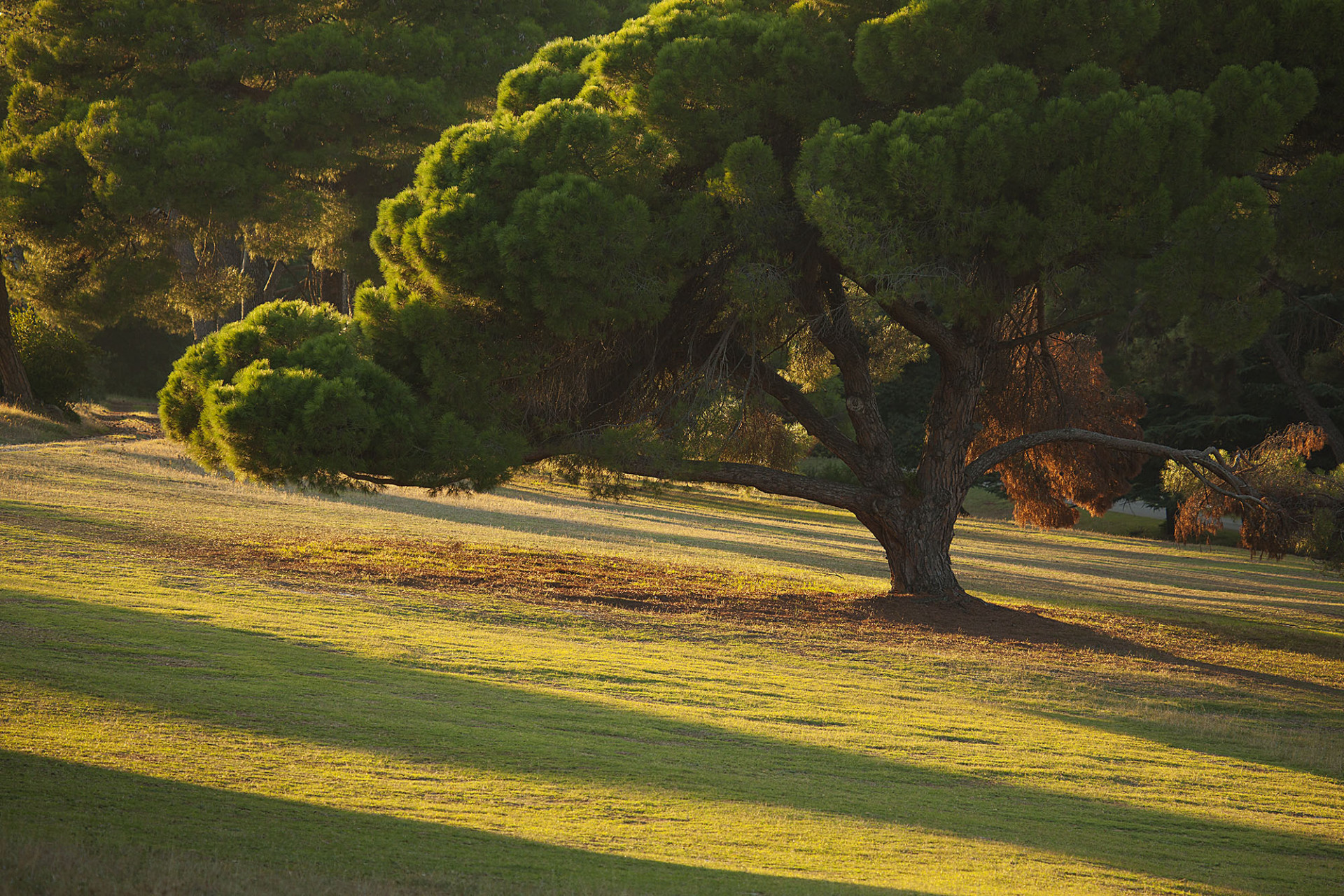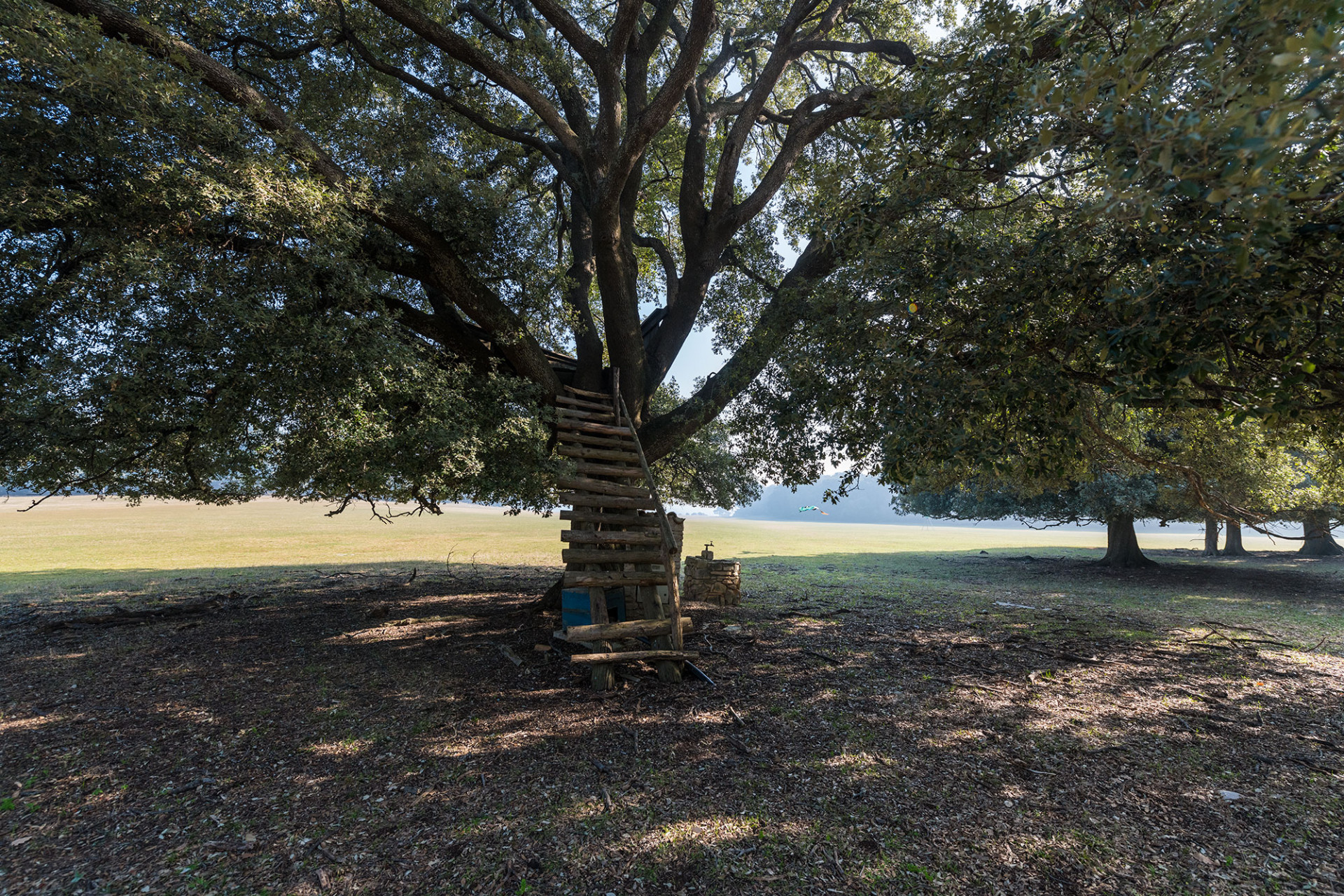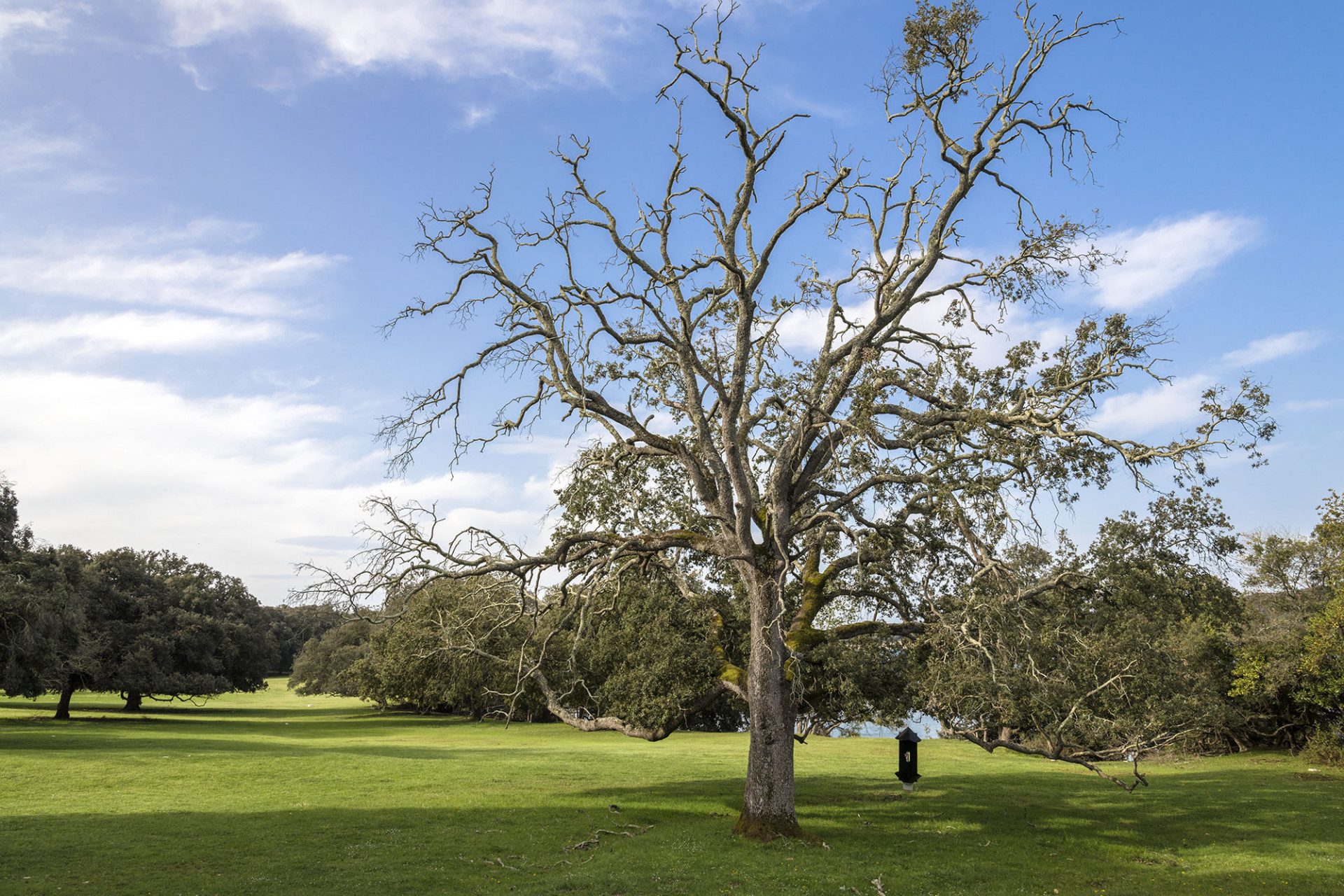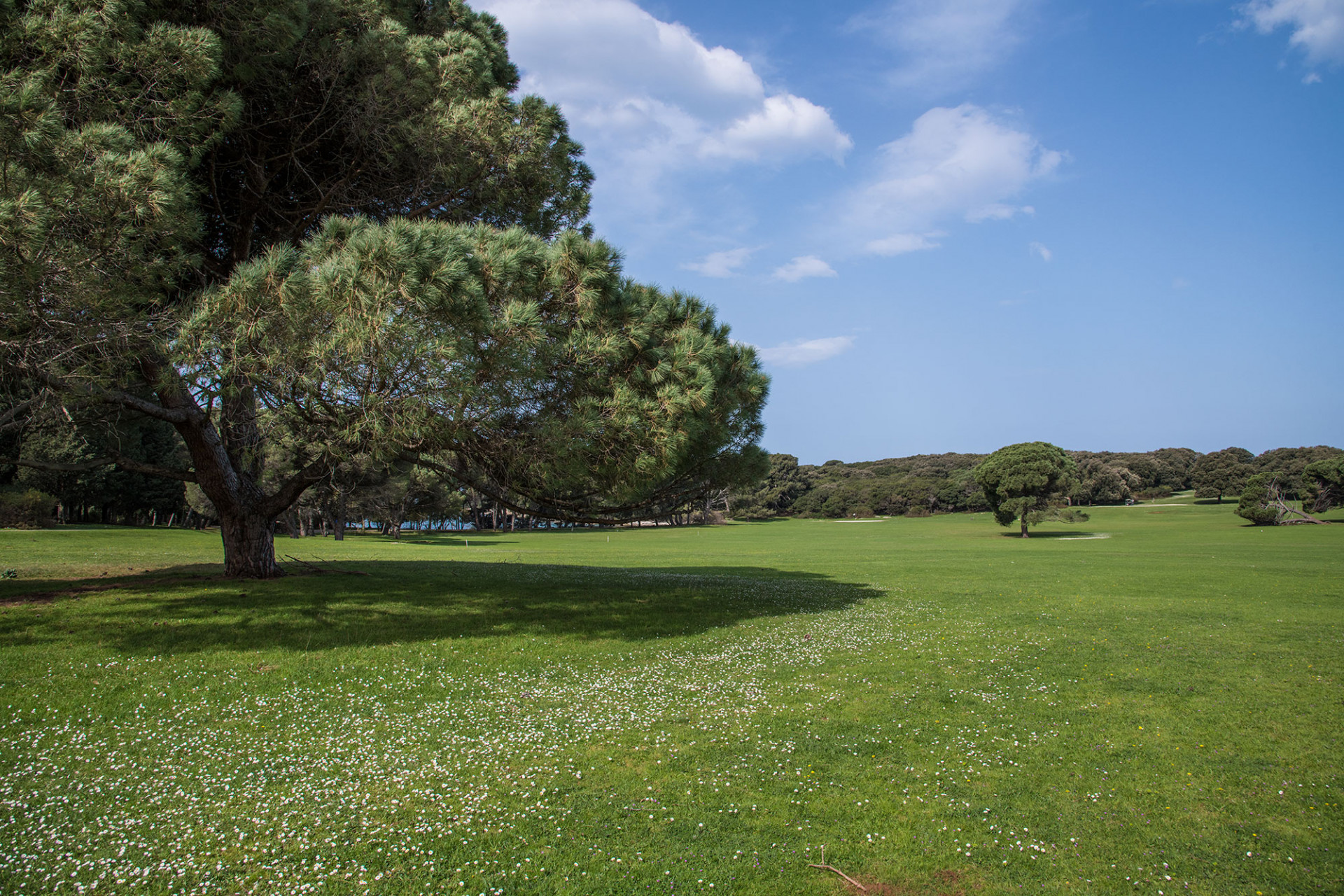Forest communities
The main forest community on Brijuni is a community of holm oak and flowering ash (Fraxino orni - Quercetum ilicis). Since the area of natural distribution coincides with the most populated areas since ancient times, today there are very few parts of forests compared to former areas that are today in the structure and appearance of high forests (originated from seed). The main evergreen species of this community are holm oak (Quercus ilex), laurustinus (Viburnum tinus), strawberry tree (Arbutus unedo), holly (Phillyrea media and Phillyrea latifolia), myrtle (Myrtus communis), laurel (Laurus nobilis), heath (Erica arborea), wild madder (Rubia peregrina), honeysuckle (Lonicera implexa and L. etrusca), while the main deciduous species are flowering ash (Fraxinus ornus), downy oak (Quercus pubescens), oriental hornbeam (Carpinus orientalis), Coronilla emeroides, elmleaf blackberry (Rubus ulmifolius), garland thorn (Paliurus spina-christi).
Most of this community is located at various degradation stages. The degradation of this community takes place in the following order: holm oak and flowering ash forests (seeds, stumps) - macquis shrubland - garrigue - rocky ground.
Macquis shrubland
Macquis shrubland is a degradation stage of holm oak and flowering ash in which there is no stratification. Macquis shrubland is a few meters tall, with its bushy shrubs, where the most dominant species are holm oak, strawberry tree, holly, Viburnum tinus and other species. The composition does not differ from the high holm oak forest, but by its structure and appearance. Macquis shrubland can be found on all the islands on Brijuni. On the smaller islands it is complemented by all the aforementioned species. On Veliki Brijun it is partly modified due to the game found on the island. The most beautiful macquis shrubland reaches up to 8 meters in height and is very thick and as such we can see it on the Peneda peninsula (Veliki Brijun) and the islands of Vanga, Madona and Mali Brijun. This macquis shrubland can be considered the most representative of the species in the whole of the Mediterranean.
Garrigue
Garrigue is caused by grazing, cutting or other negative influence on the macquis shrubland. The garrigues are not as dense as macquis shrubland, they do not grow continuously, which is why they are often without soil. Garrigue are predominantly made up of species such as Cistus sp., heath, weaver's broom (Spartium junceum).
 Parks of Croatia
Parks of Croatia
 EU projects
EU projects English
English
